10 Essential First Aid Tips Every Family Should Know
In today's fast-paced world, emergencies can arise when least expected. Whether it's a minor scrape or a more serious injury, having a solid understanding of first aid can make a significant difference in outcomes. First aid is the initial assistance given to a person suffering from a minor or serious illness or injury, with care provided to preserve life, prevent the condition from worsening, and promote recovery. This knowledge is not only empowering but essential for every family member. By mastering these skills, families can ensure they are prepared to handle emergencies effectively, reducing panic and increasing the likelihood of positive outcomes. This article explores the top 10 first aid tips every family should know, providing a comprehensive guide to becoming proficient in these life-saving techniques.
1. Understanding Basic First Aid Principles
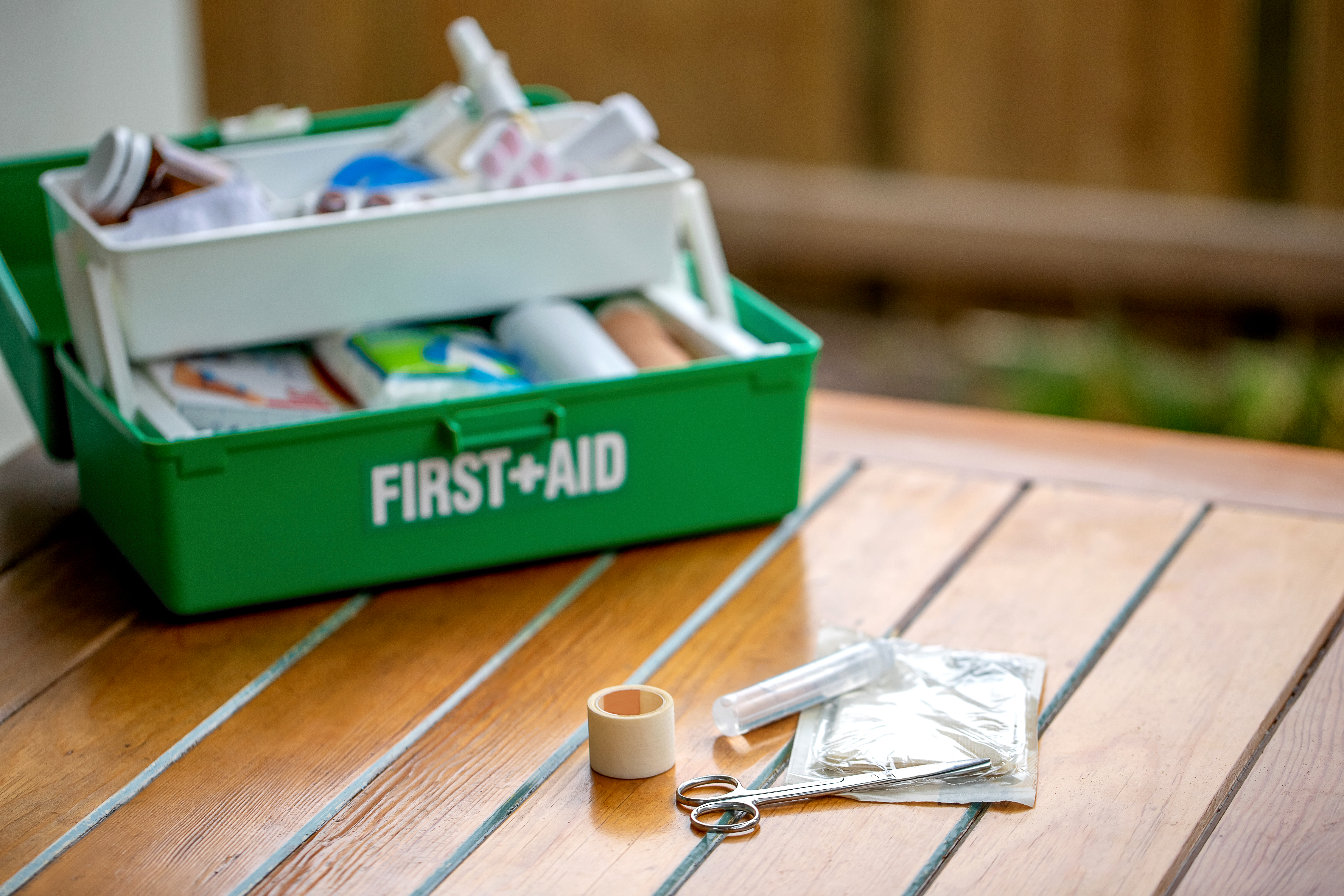
At the heart of effective first aid is a solid grasp of its basic principles. These principles serve as the foundation for all first aid interventions, ensuring that care is provided in a systematic and effective manner. The primary goals of first aid are to preserve life, prevent further injury, and promote recovery. This involves assessing the situation quickly and calmly, identifying any potential hazards, and taking immediate action to address life-threatening conditions such as severe bleeding, lack of breathing, or cardiac arrest. Understanding these principles allows individuals to prioritize actions and apply the most appropriate techniques in any given situation. Additionally, it is crucial to remain calm and composed, as panic can hinder decision-making and lead to mistakes. By internalizing these principles, families can approach emergencies with confidence and competence.
2. Recognizing and Responding to Choking
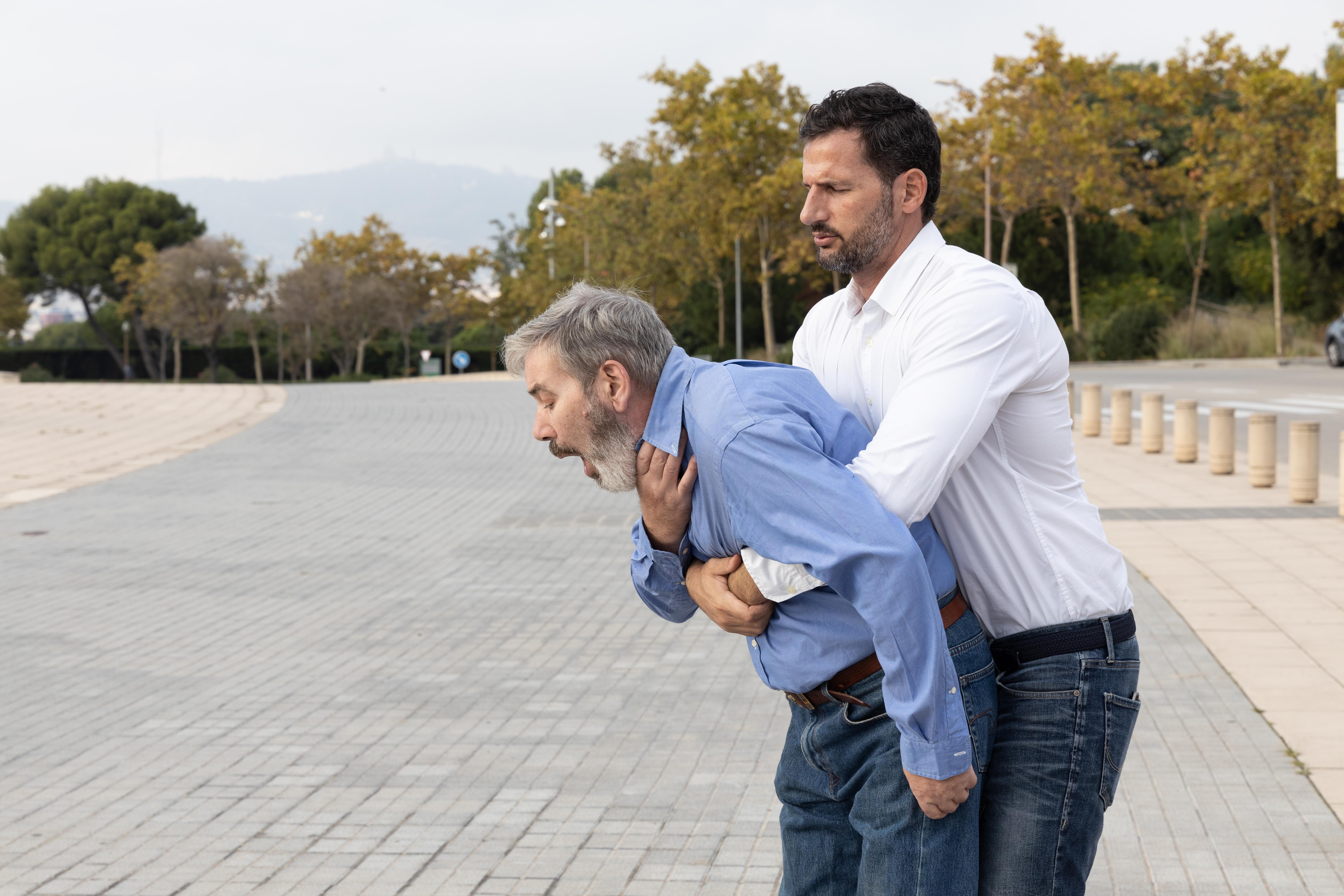
Choking is a common emergency that can occur at any time, especially during meals. It is important to recognize the signs of choking, which may include difficulty breathing, coughing, gagging, or the inability to speak. In severe cases, the person may become unconscious. Immediate intervention is crucial to prevent serious consequences. The Heimlich maneuver, or abdominal thrusts, is the most effective technique for dislodging an obstruction in the airway. For infants, back blows and chest thrusts are recommended. Understanding when and how to apply these techniques can save lives. Families should practice these maneuvers regularly to ensure they are prepared to act swiftly and effectively in the event of choking.
3. Managing Cuts and Scrapes
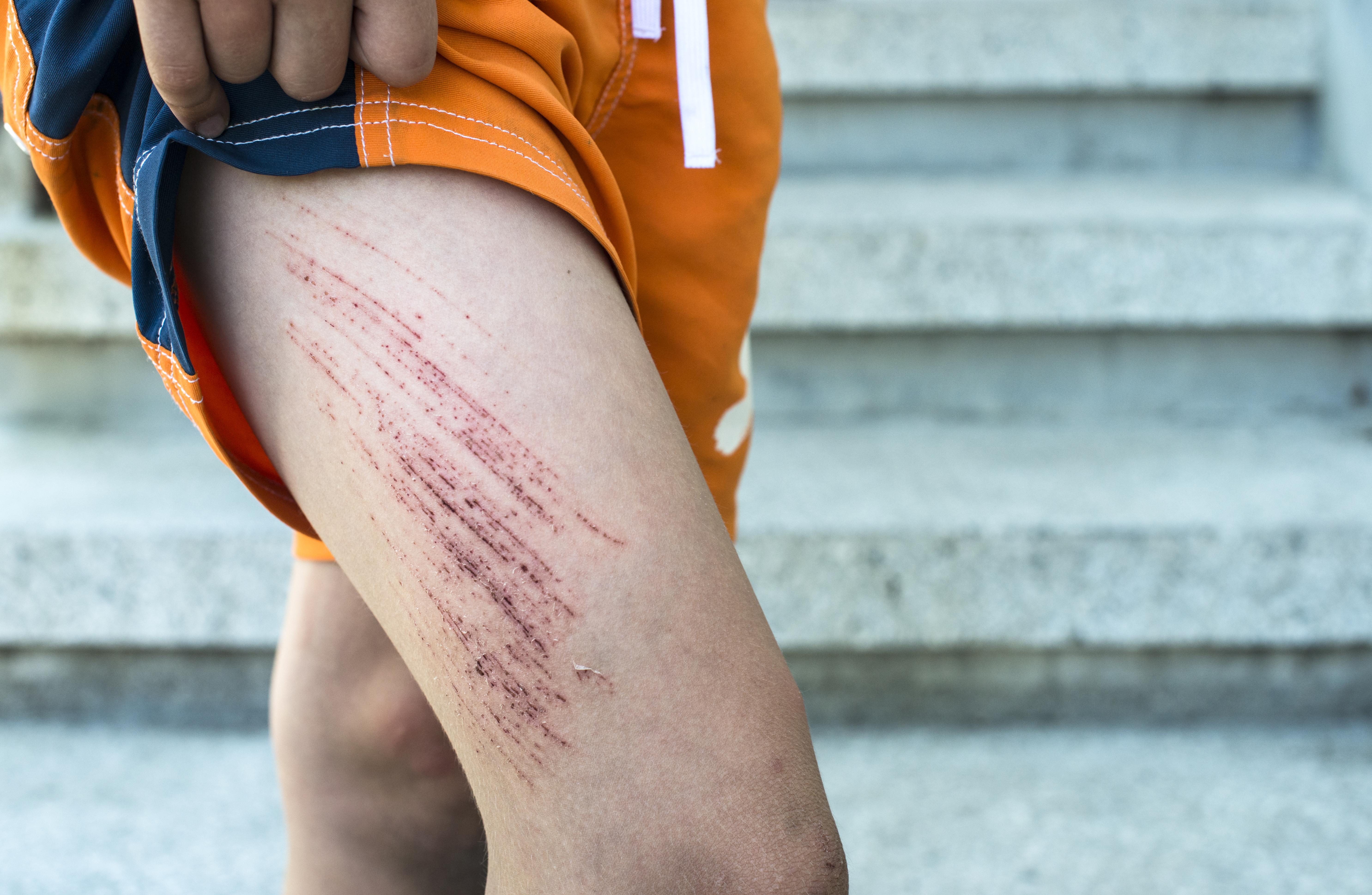
Cuts and scrapes are among the most common injuries, particularly for active children. While often minor, they require proper care to prevent infection and promote healing. The first step is to clean the wound thoroughly with soap and water to remove any dirt or debris. Applying an antiseptic can help reduce the risk of infection. For deeper cuts, applying pressure with a clean cloth can help stop bleeding. Once the bleeding has stopped, covering the wound with a sterile bandage can protect it from further injury and contamination. Understanding how to properly manage these injuries ensures they heal quickly and reduces the risk of complications.
4. Treating Burns
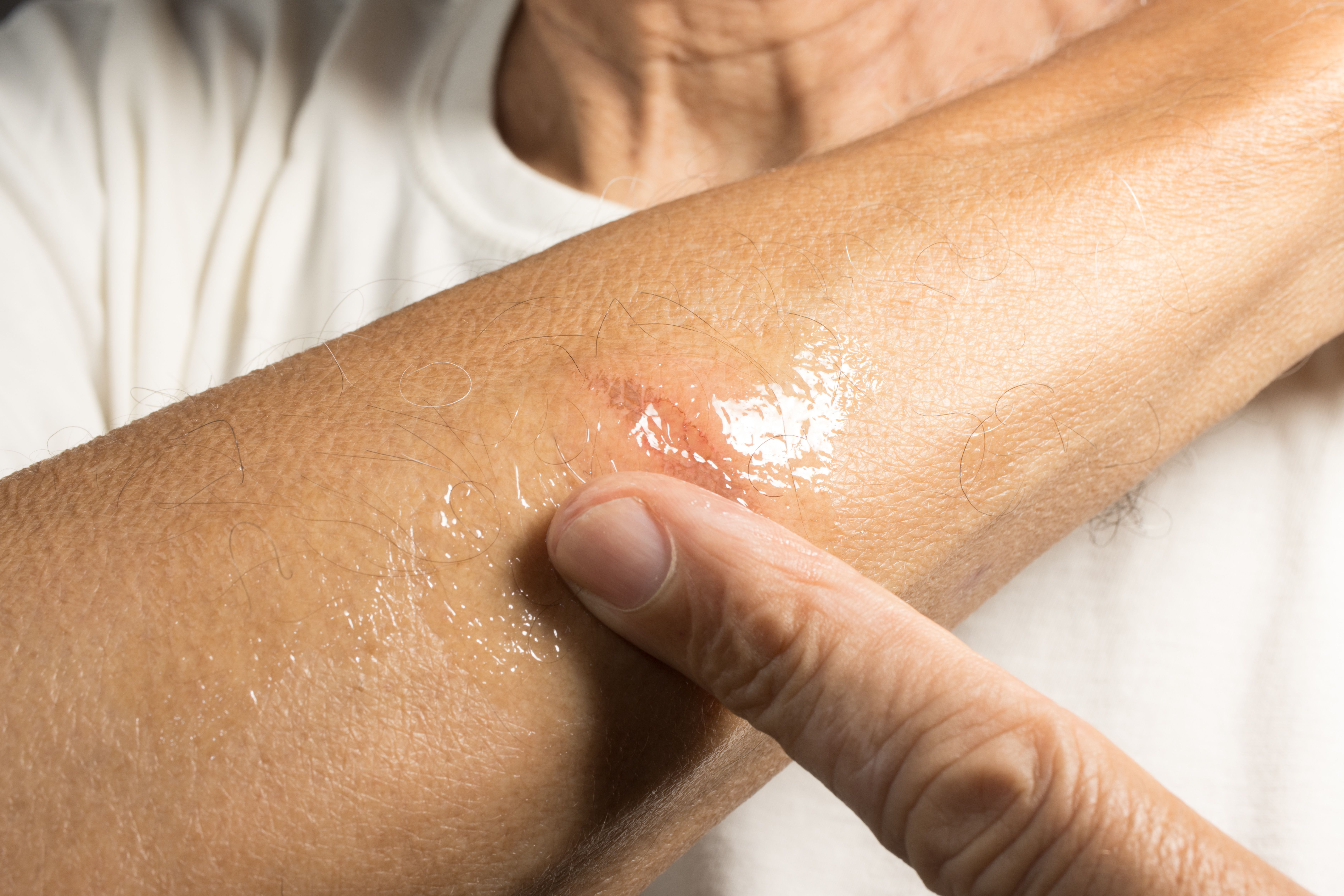
Burns can range from minor to severe, and proper first aid can significantly impact the healing process. The first step is to assess the severity of the burn. For minor burns, running cool (not cold) water over the affected area for several minutes can help alleviate pain and reduce swelling. Avoid using ice, as it can further damage the skin. For more severe burns, covering the area with a clean, dry cloth and seeking medical attention is crucial. It is important not to apply ointments or creams to severe burns, as they can interfere with medical treatment. Understanding the appropriate steps for treating burns ensures that families can provide effective care and minimize complications.
5. Responding to Sprains and Strains
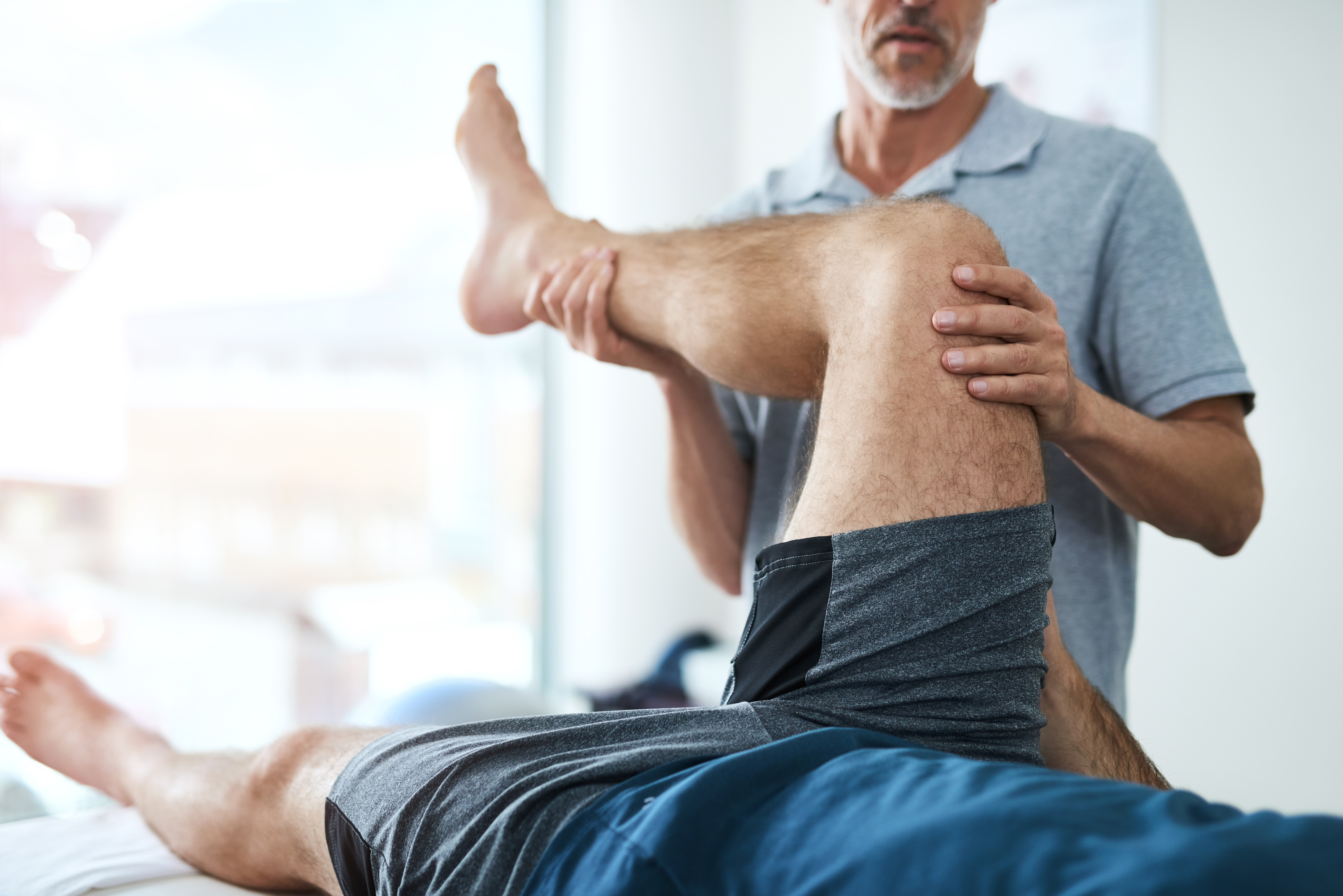
Sprains and strains are common injuries resulting from overstretching or tearing ligaments and muscles. They often occur during physical activity and can cause pain, swelling, and limited movement. The R.I.C.E. method—Rest, Ice, Compression, and Elevation—is an effective first aid treatment for these injuries. Resting the affected area prevents further damage, while applying ice can reduce swelling and numb pain. Compression with an elastic bandage provides support and minimizes swelling, and elevating the injured limb above heart level helps reduce fluid accumulation. Understanding how to properly implement the R.I.C.E. method can speed up recovery and prevent further injury.
6. Handling Fractures and Broken Bones

Fractures and broken bones require immediate attention to prevent further injury and ensure proper healing. The first step is to immobilize the injured area to prevent movement, which can exacerbate the injury. Using a splint or makeshift support can help stabilize the bone until medical help arrives. It is important not to attempt to realign the bone, as this can cause further damage. Applying ice can help reduce swelling and pain. Understanding how to properly handle fractures and broken bones ensures that families can provide effective care and minimize complications.
7. Dealing with Poisoning
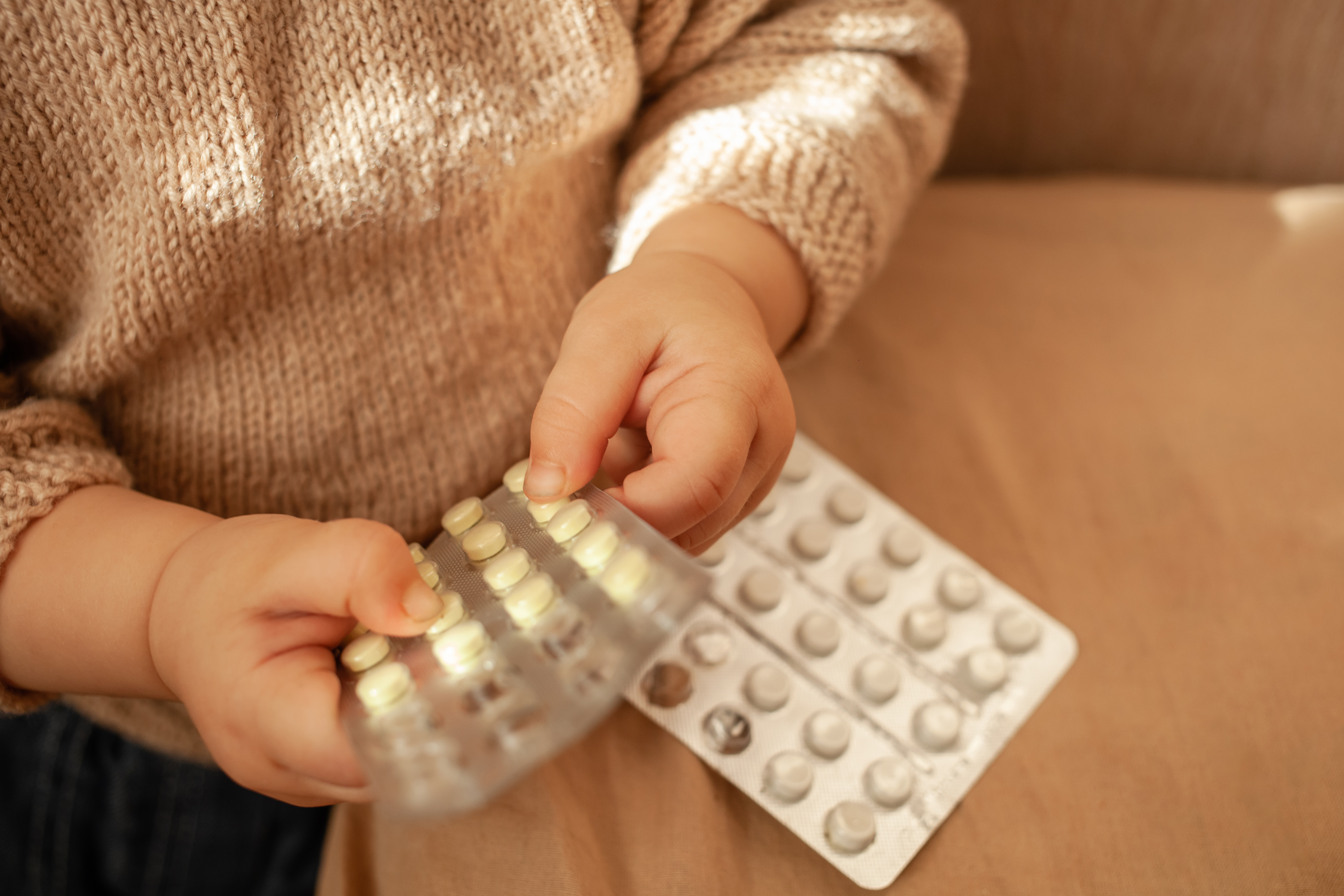
Poisoning can occur from ingesting, inhaling, or coming into contact with toxic substances. It is important to recognize the signs of poisoning, which may include nausea, vomiting, dizziness, or difficulty breathing. The first step is to call emergency services or a poison control center for guidance. Do not induce vomiting unless instructed to do so by a medical professional, as this can cause further harm. Providing information about the substance involved, the amount ingested, and the time of exposure can help medical professionals provide the most effective treatment. Understanding how to respond to poisoning ensures that families can act quickly and effectively to minimize harm.
8. Addressing Allergic Reactions
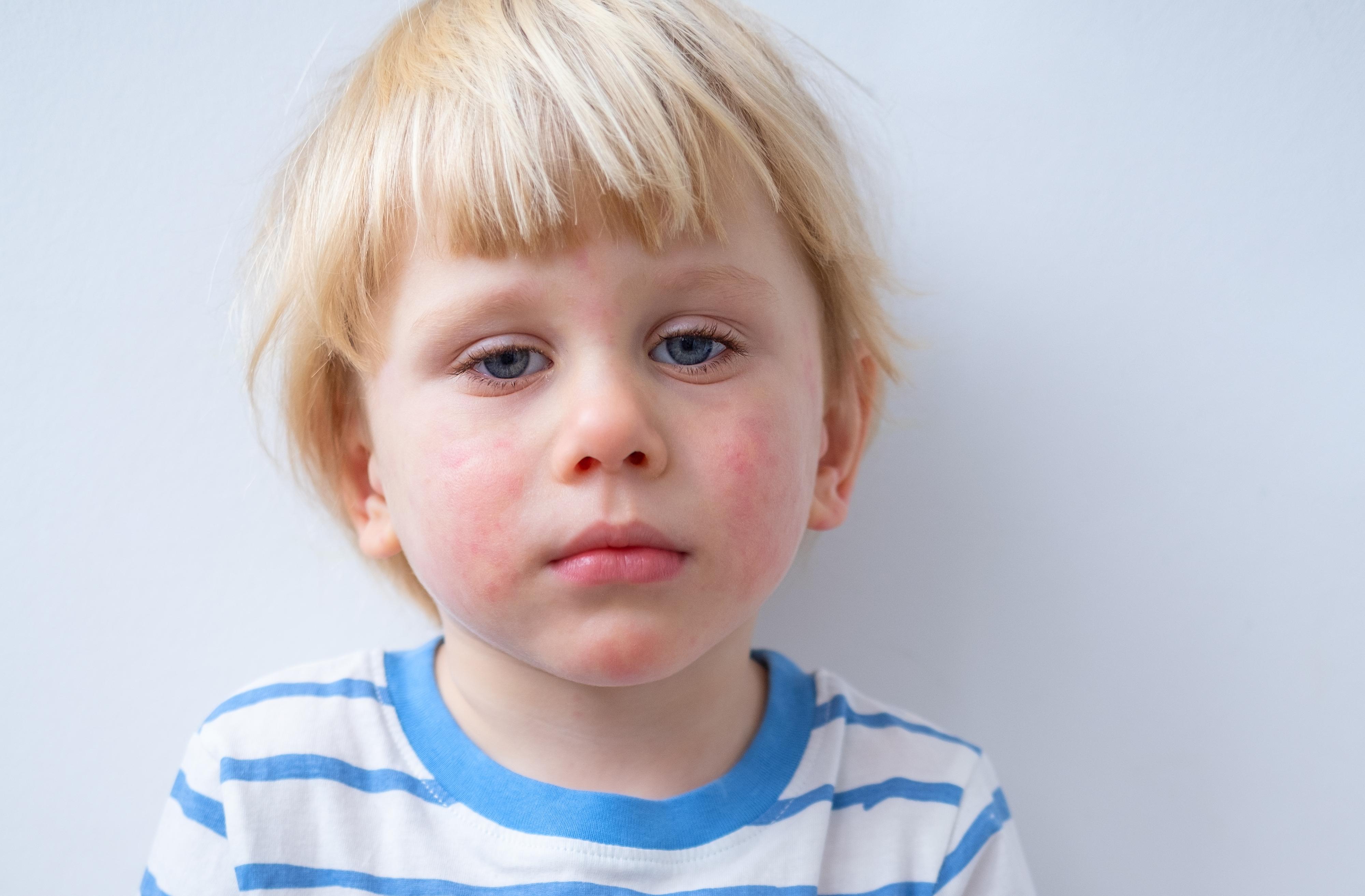
Allergic reactions can range from mild to life-threatening and require prompt attention. Recognizing the signs of an allergic reaction, such as hives, swelling, difficulty breathing, or anaphylaxis, is crucial for effective intervention. For mild reactions, antihistamines can help alleviate symptoms. In cases of severe reactions, administering an epinephrine auto-injector (EpiPen) can be life-saving. It is important to seek medical attention immediately after using an EpiPen, as further treatment may be necessary. Understanding how to recognize and respond to allergic reactions ensures that families can provide timely and effective care.
9. Coping with Heatstroke and Hypothermia

Extreme temperatures can lead to serious health emergencies such as heatstroke and hypothermia. Heatstroke occurs when the body overheats, while hypothermia results from prolonged exposure to cold temperatures. Recognizing the signs, such as confusion, dizziness, or altered consciousness, is crucial for effective intervention. For heatstroke, moving the person to a cooler environment, removing excess clothing, and applying cool, wet cloths can help lower body temperature. For hypothermia, moving the person to a warm environment, removing wet clothing, and covering them with blankets can help raise body temperature. Understanding how to respond to these conditions ensures that families can provide effective care and prevent complications.
10. Performing CPR and Using an AED
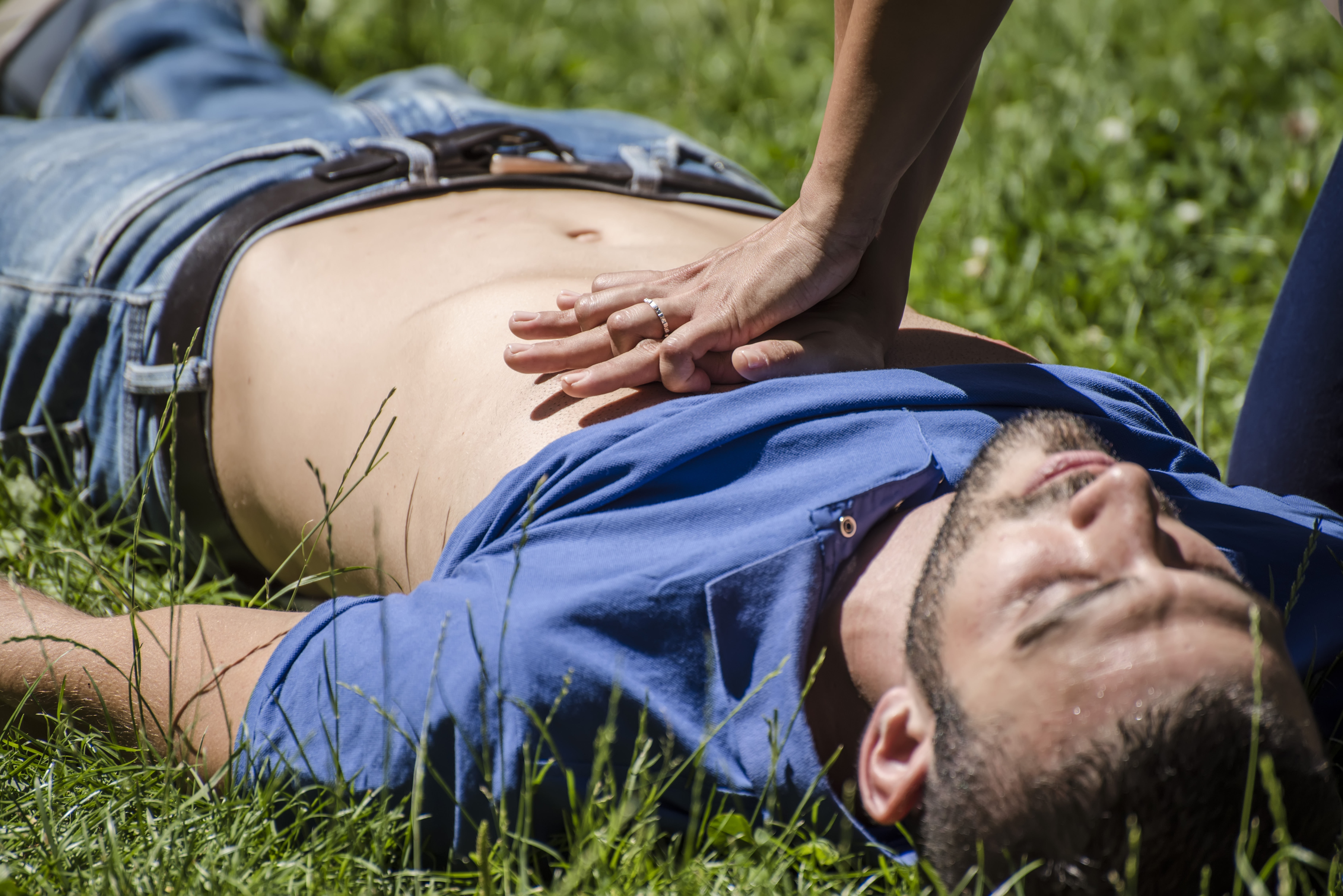
Cardiopulmonary resuscitation (CPR) and the use of an automated external defibrillator (AED) are critical skills for responding to cardiac emergencies. CPR involves chest compressions and rescue breaths to maintain blood flow and oxygenation in a person experiencing cardiac arrest. An AED is a portable device that delivers an electric shock to help restore a normal heart rhythm. Understanding when and how to perform CPR and use an AED can significantly increase the chances of survival in a cardiac emergency. Families should consider taking a certified CPR and AED course to ensure they are prepared to respond effectively.
Empowering Families with First Aid Knowledge
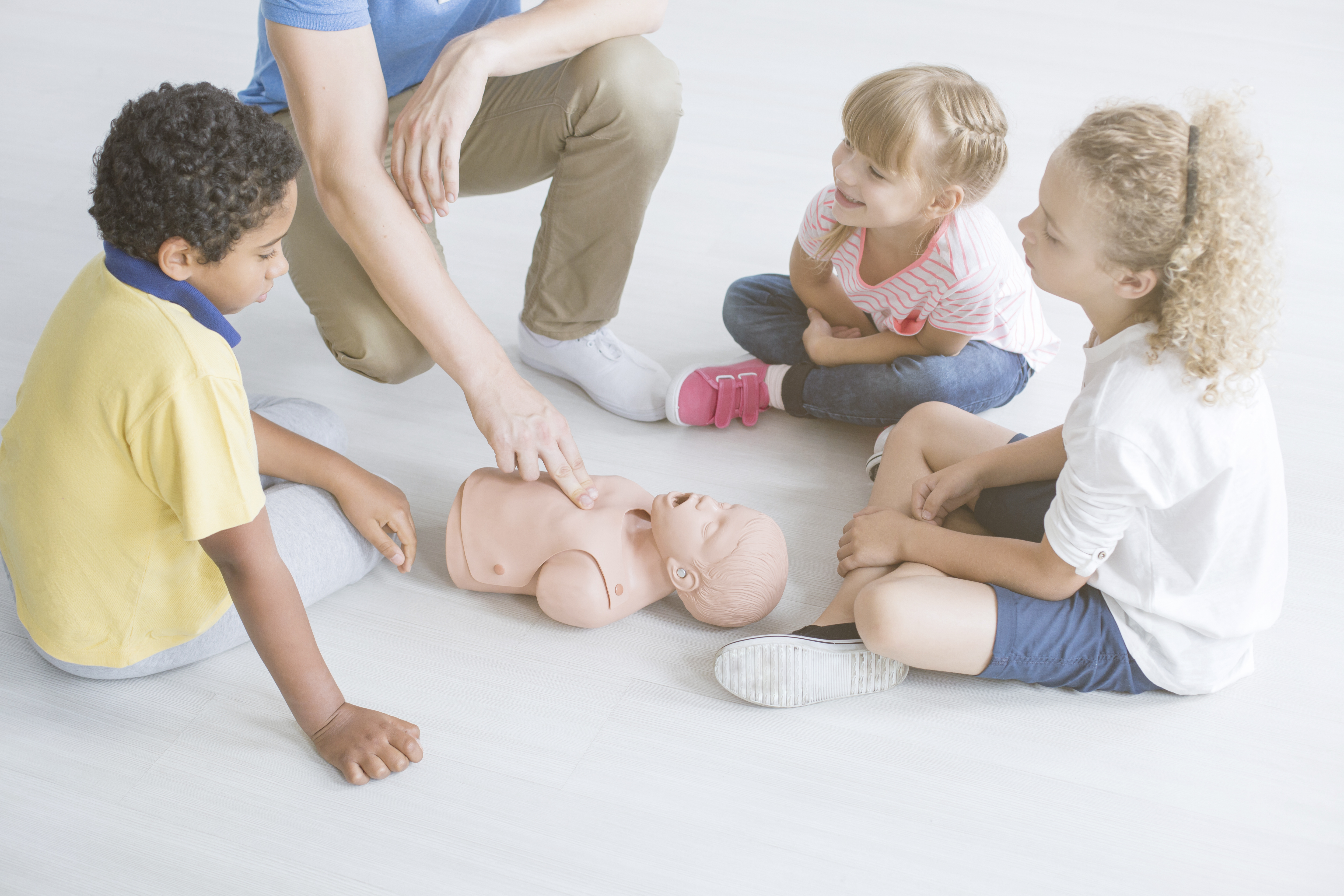
Mastering essential first aid skills is a valuable investment for every family. These skills not only enhance safety but also empower individuals to take control in emergency situations. By understanding and practicing these techniques, families can reduce anxiety, improve outcomes, and potentially save lives. First aid knowledge is a lifelong skill that can be passed down through generations, fostering a culture of safety and preparedness. As we have explored in this article, the top 10 first aid tips provide a comprehensive guide to becoming proficient in these life-saving techniques. By prioritizing first aid education, families can ensure they are ready to face any emergency with confidence and competence.
